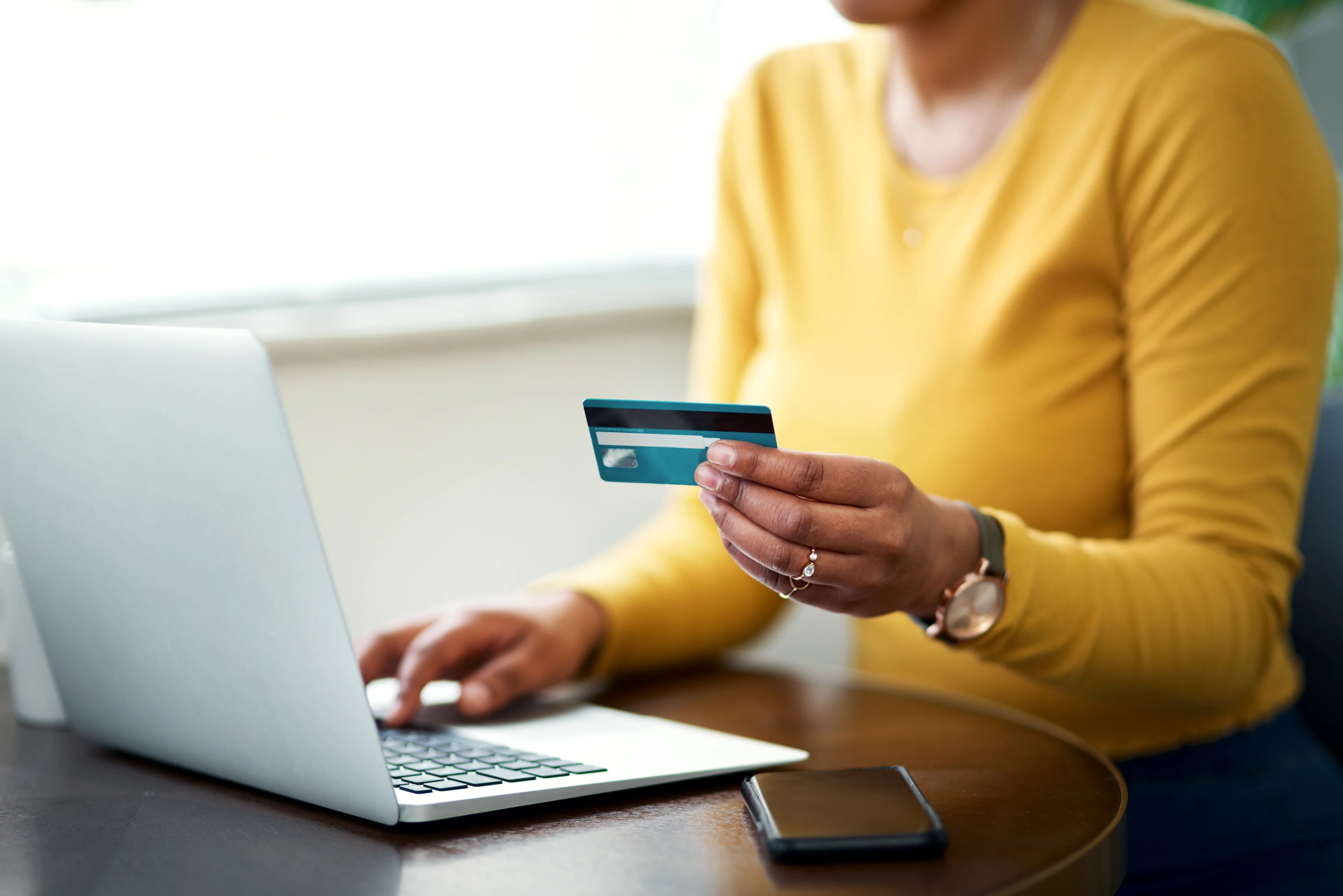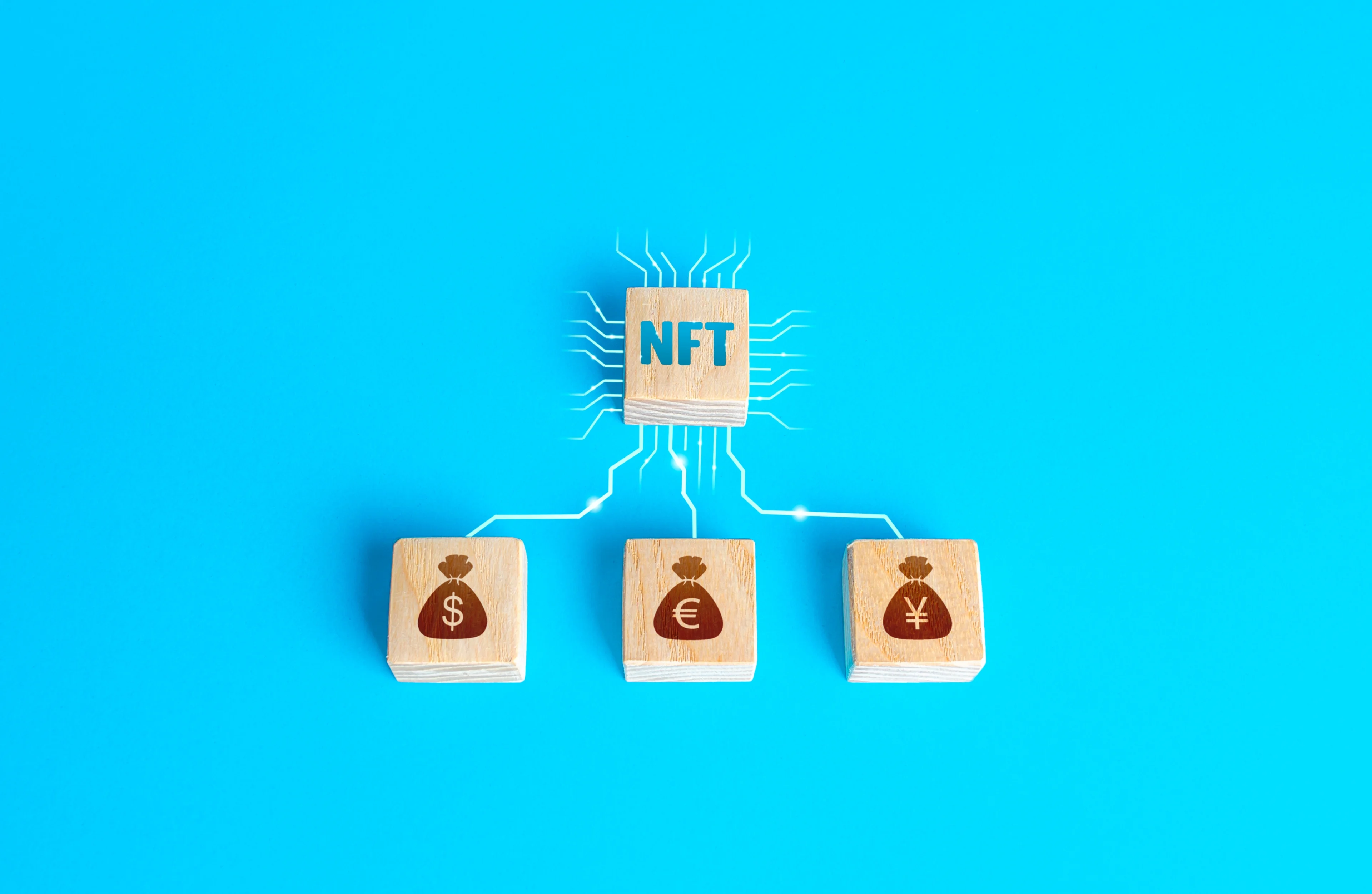Back to Blog
How To Buy NFTs In 2023 - All You Need To Know - NFT.com

Don Thibeau
Feb 22nd, 2023
.5 min read

Buying NFTs isn’t as complicated as it seems.
Even if you’re new to cryptocurrency, there are dozens of platforms, markets, and wallets that make trading NFTs a breeze.
Plus, once you learn how to buy your first NFT, you’ll never have to re-learn this process.
No matter which market you prefer, the basic steps to buy an NFT are virtually identical.
If you’ve never bought an NFT, check out the tips below.
After reading this guide, you’ll know how to buy NFTs on any marketplace.
How to buy NFTs: A simple guide from start to finish
Follow this guide to learn the basics of how to buy an NFT and start your NFT collection.
Step 1: Download an NFT-compatible crypto wallet

Before scrolling through the hottest NFT collections on today’s market, you need an NFT-compatible crypto wallet.
Not only are crypto wallets essential for storing your NFTs, they’re a necessary part of the buying process.
Since NFT markets are on decentralized blockchains like Ethereum or Solana, they don’t link with an email account. Instead, crypto wallets serve as each user’s “Web3 IDs.” Once you download a crypto wallet, you can sign in, buy, and transfer NFTs on dozens of marketplaces.
So, which crypto wallet should you use?
The “ideal” wallet depends on which blockchain you want to buy NFTs on. Look through a few NFT markets and find which wallets work on each site. Typically, NFT markets have a “Link Wallet” button on the top right that shows the most popular wallet options.
It’s best to stick with wallets with a long history, no prior hacks, and transparent leadership. Look at what reviewers say on Google Play and the App Store for more unbiased details on various wallets.
To help you narrow down your search, here are a few widely-used (and free!) crypto wallets in the NFT space:
- MetaMask
- Trust Wallet
- Coinbase Wallet
- Ledger Wallet
- Phantom
Download one of these crypto wallets on a mobile phone or desktop from an official website. Also, please pay careful attention to the secret “seed phrase” associated with your wallet. Sometimes called the “recovery phrase,” the “seed phrase” is your only backup if you break your phone or PC. With these words, you can re-download your wallet and recover your NFTs on a new device.
For more details on choosing and setting up a crypto wallet, read this previous NFT.com guide.
Step 2: Buy and transfer cryptocurrency

Although some NFT sites accept credit card payments, most require shoppers to use cryptocurrencies to buy or bid on NFTs. The type of crypto you need depends on which blockchain your NFTs are on. For instance, if you’re interested in NFTs on Ethereum, you’ll need Ethereum’s Ether (ETH). By contrast, those buying NFTs on a Solana-friendly market need Solana’s SOL coins.
Please also remember most NFT markets and blockchains charge extra fees to complete transactions. Therefore, it’s best to buy slightly more crypto than you think you need for an NFT.
The simplest way to get crypto onto your wallet is to sign up for a reputable centralized crypto exchange (aka CEX). Most CEXs like Coinbase and Gemini let users pay for crypto with a bank account, debit card, or fintech app like PayPal. For a complete list of the highest-rated CEXs, check out the latest rankings on third-party crypto price aggregators like CoinMarketCap and CoinGecko.
Many CEXs ask customers to submit “know-your-customer” (KYC) info, such as their name, home address, and government-issued photo IDs. These details help crypto exchanges comply with international anti-money laundering (AML) laws. Once you pass the KYC requirements, you can transfer cash to your account and buy cryptocurrency.
Next, you must transfer the crypto on a CEX account to your private crypto wallet. To do this, click the crypto you want to receive in your wallet and hit the “Deposit” button. Copy the provided address onto your clipboard or leave the QR code open to scan.
For instance, if you want to receive ETH in your Trust Wallet, do the following:
- Open your Trust Wallet.
- Select Ethereum.
- Click “Receive.”
- Copy the address or leave the QR code open.
Next, open your CEX account, find the crypto you want to send, and choose “Withdraw.” Enter how much you want to send and paste or scan your private crypto wallet address.
As an example, if you want to send ETH from your Coinbase account to your Trust Wallet, follow these steps:
- Choose Ethereum.
- Click “Withdraw.”
- Enter how much ETH you want to send.
- Paste or scan your Trust Wallet’s Ethereum address.
- Review the transaction fees and confirm the transaction.
Please always double-check your private wallet address matches the crypto you want to send. Since each cryptocurrency runs on a different blockchain, there’s no “single” wallet address for every digital coin. You will lose your crypto if you send a cryptocurrency to a “wrong” address (e.g., Ethereum to a Solana address).
Step 3: Shop for an NFT you like
Now that you have crypto in your digital wallet, it’s time to start shopping for NFTs!
Typically, new shoppers start their search on big NFT markets like OpenSea, Magic Eden, and Rarible to see what’s trending. There’s also a vibrant NFT community on social media sites like Discord, Telegram, and Twitter. Consider following a few NFT influencers to stay up-to-date on the latest alpha in the community.
If you’re new to NFT shopping, we’d recommend starting on NFT.com’s Discover page. NFT.com integrates with dozens of NFT markets, so you can see collections throughout the NFT ecosystem. Since users can compare NFTs across the industry, you can find the best price and lowest gas fees with an NFT.com account.
Step 4: Buy or place a bid on an NFT

To buy an NFT, connect your crypto wallet to the NFT marketplace you’re on. Next, you’ll have one of three options to purchase an NFT:
- Buy
- Bid
- Offer
If you buy an NFT outright, you’ll own it once the transaction clears. However, those who place a bid have to wait till their auction expires to see if they won their NFT.
On some sites, interested buyers can use the “Make an Offer” feature to see if someone will sell their NFT for lower than the public “Buy” price.
When evaluating NFT prices, look at the “floor price” for your collection. “Floor prices” are the lowest current rates for NFTs in a particular series. On NFT.com, you can see historical sales activity on an NFT collection to analyze how today’s floor prices compare with previous trading data.
You can also take a peek at the highest offers for an NFT collection on NFT.com. Use all of this info to help you decide whether you feel comfortable buying an NFT at the current market price.
Step 5: Keep your NFTs safe
As a final tip, keep your NFT well-protected in your private crypto wallet. Most significantly, please ensure you have your private “seed phrase” on a piece of paper in a safe place, like a safety deposit box.
For those planning to keep their NFT as a long-term investment, consider researching “cold wallet” hardware devices. These USB wallets work the same as software apps, but they keep the “seed phrase” offline. Therefore, it’s far less likely hackers will break into a cold wallet.
A few examples of hardware wallet manufacturers include:
- Trezor
- Ledger
- ShapeShift
Although hardware wallets cost more than software wallets, they offer the best protection for your digital assets.
As a final tip, please check out NFT.com’s guide on the “8 Ways To Stay Safe in Web3” for more crucial info on exploring the crypto ecosystem.
Start your NFT journey by creating a profile on NFT.com.
Related Posts

How To Know Which NFTs To Buy (2023) - The Ultimate Guide
Discover NFT.com’s essential criteria for choosing the perfect NFT for your...
Feb 17th, 2023

NFT.com: Now Available in Public Beta
NFT.com is now available to the public in beta.

Jordan Fried
Feb 16th, 2023

What Are NFT Royalties? A Guide to Decentralized Growth in 2023
Whate are NFT royalties? In 2023, the decentralized internet is opening new...

Don Thibeau
Feb 14th, 2023